Corncrakes
One of the simple pleasures of living in North Uist is to stand in my garden just after midnight and listen to the loud rasping ‘crex, crex’ song, recalling a grated comb, of around 10 corncrakes that inhabit the crofts surrounding the loch where my house is situated. After long-term declines dating back to the early 20th century, the species’ fortune was turned around following the introduction of a successful conservation programme in 1993. Since the start of the scheme, the Scottish corncrake population has trebled, reaching a high of over 1200 in 2007. Despite a modest, but concerning, decline in 2008 and 2009, counts in 2010 showed the total Scottish population of calling males was 1193, a rise of 61 on the previous year. This is largely down to the efforts of crofters and farmers working closely with conservation bodies like the RSPB and SNH. Scottish Government payments have allowed them to manage hay meadows and field margins in a way that is sensitive to the species needs.
Back in 1983 the islands had approximately 17,000 pairs of breeding waders with dunlin, ringed plover, redshank, lapwing and snipe being the most significant in UK terms. The Uist Wader Project was established in 2000 in response to concern about declines in these internationally important populations. Substantial evidence has shown that predation of their eggs by introduced hedgehogs were largely responsible for these declines. This project aims to remove hedgehogs through a combination of live trapping, spot-lamping and using sniffer dogs and translocate them to the mainland. The Hebridean Mink Project has already successfully eradicated this species from the Uists.
On Saturday, the ‘crew’ visited the RSPB reserve of Balranald where warden, Jamie Boyle gave a very informative commentary on why traditional crofting agriculture with rotational cropping is so important to maintaining the flower-rich machair and species like the corncrake, corn bunting and great yellow bumblebee that depend on it. Machair habitat is extremely rare and occurs over a total global area of only approximately 19,000 ha, with 70% of this mostly on the Western isles. Not surprising then, it has numerous environmental designations and why the EU has financed the Machair Life project to implement and demonstrate management methods that optimise the conservation interest and are compatible with local crofting practices.
There are other major threats to the fragile machair habitat such as general erosion and storm surges. Thursday afternoon was spent visiting various sites where coastal protection work has been undertaken on land now owned and managed by Storas Uibhist. At Kilphedar work has just been completed to replenish the shingle on the storm beach and rebuild the sand dune near the foreshore, with sand from a nearby croft. Members of the township then used discarded fish farm cage netting, seaweed and transplanted marram grass to stabilise the sand bund. Other substantial works have been undertaken further up the coast and David Muir, Project Coordinator of CoastAdapt and various local crofters gave generously of their time to explain all the various options to address this serious and expensive problem that is only likely to increase.
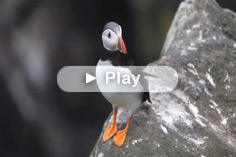

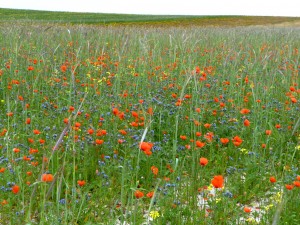

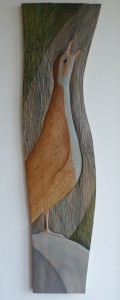

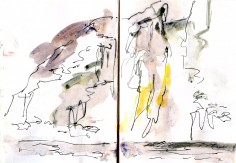
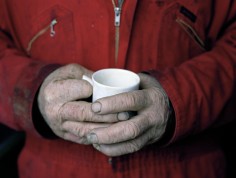
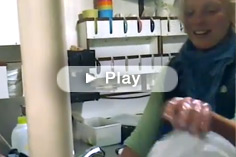
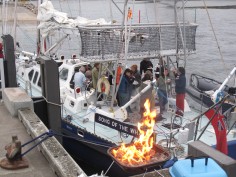

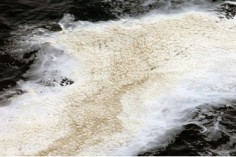
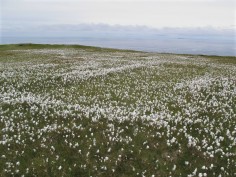

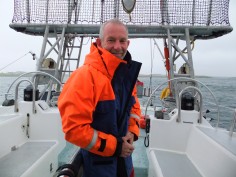








No Comments